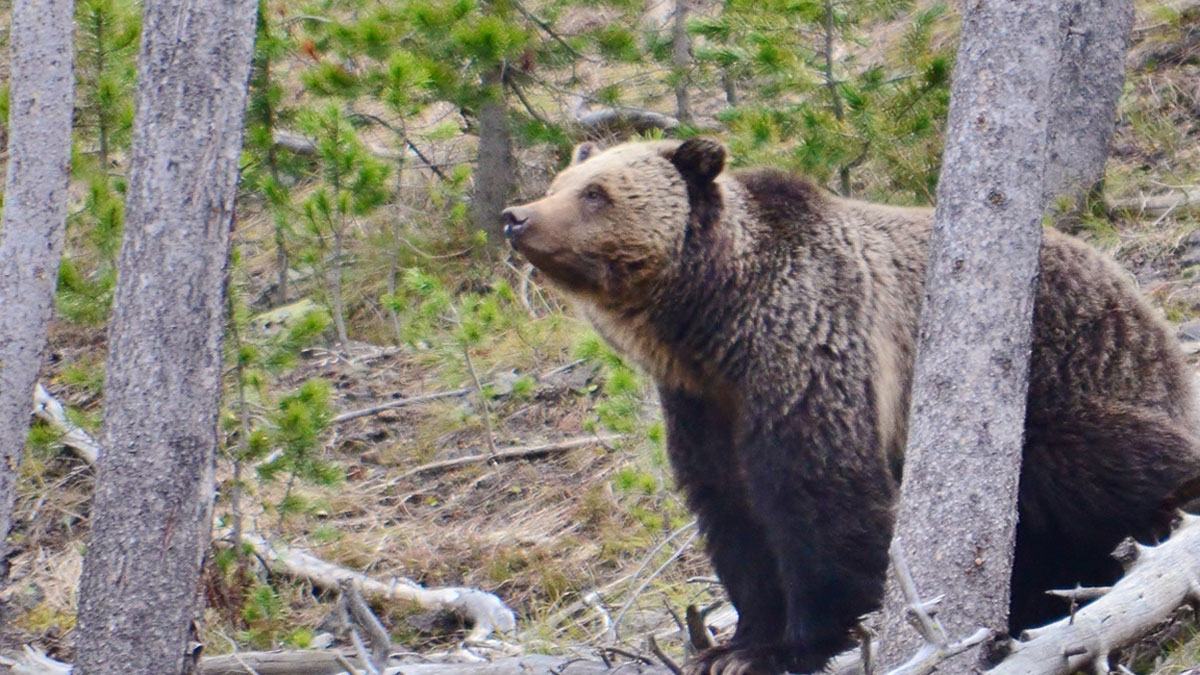Below is a news release from the Idaho Department of Fish and Game. The Rocky Mountain Elk Foundation agrees with professional biologists and game managers that grizzly populations met delisting criteria and should be managed by state wildlife agencies just as they manage elk, mountain lions, deer, and other wildlife.
Idaho Governor Brad Little submitted a petition to the U.S. Fish and Wildlife Service to remove grizzly bears in the “Lower 48” United States from the Endangered Species Act and recognize states’ successful efforts to recover and manage grizzly populations.
“Bureaucratic gridlock is keeping healthy grizzly populations on the threatened species list unnecessarily. When there’s no exit for healthy grizzly populations from the Endangered Species Act, it’s time to demand a reset,” Governor Brad Little said. “For decades, Idaho, our sister states, tribes, local governments – and especially our rural communities – have invested considerable resources in this effort, and they have shouldered much of the burden of rebuilding grizzly bear populations.”
Delisting is an important, and long overdue, recognition of these major roles Idaho and its neighboring states Montana, Wyoming and Washington have played in grizzly bear recovery by growing the population from a few hundred bears in 1975 to currently over 2,000 bears across four states. Grizzlies in the U.S. and Canada now number around 60,000 bears.
The U.S. Fish and Wildlife Service’s 1993 grizzly bear recovery plan for the Lower 48 outlined a phased strategy that allowed individual populations to be delisted from the Endangered Species Act as each met recovery goals while work continued on other populations. Grizzly bears in the Greater Yellowstone Area have met federal recovery criteria for two decades, since 2002.
However, a combination of court cases and federal administrative changes to delisting procedures have tied the process in knots and have continued to move the delisting goal line. Recent court decisions have led Idaho to conclude that how the bears were listed nationwide back in 1975 is now standing in the way of sensible conservation and delisting.
“We have repeatedly shown through this process we can reach a goal line, but a flawed delisting process fails to recognize our successes,” Fish and Game Director Ed Schriever said.
Idahoans have repeatedly made sacrifices in their efforts to boost grizzly populations and shouldered the challenges of living among bears. These burdens include considerable investment of time and resources in a wide array of conservation measures, as well as restrictions on our outdoor livelihoods, rural living, recreation, and the risk of injury that comes with living with bears.
(Photo credit: U.S. Fish and Wildlife Service)
